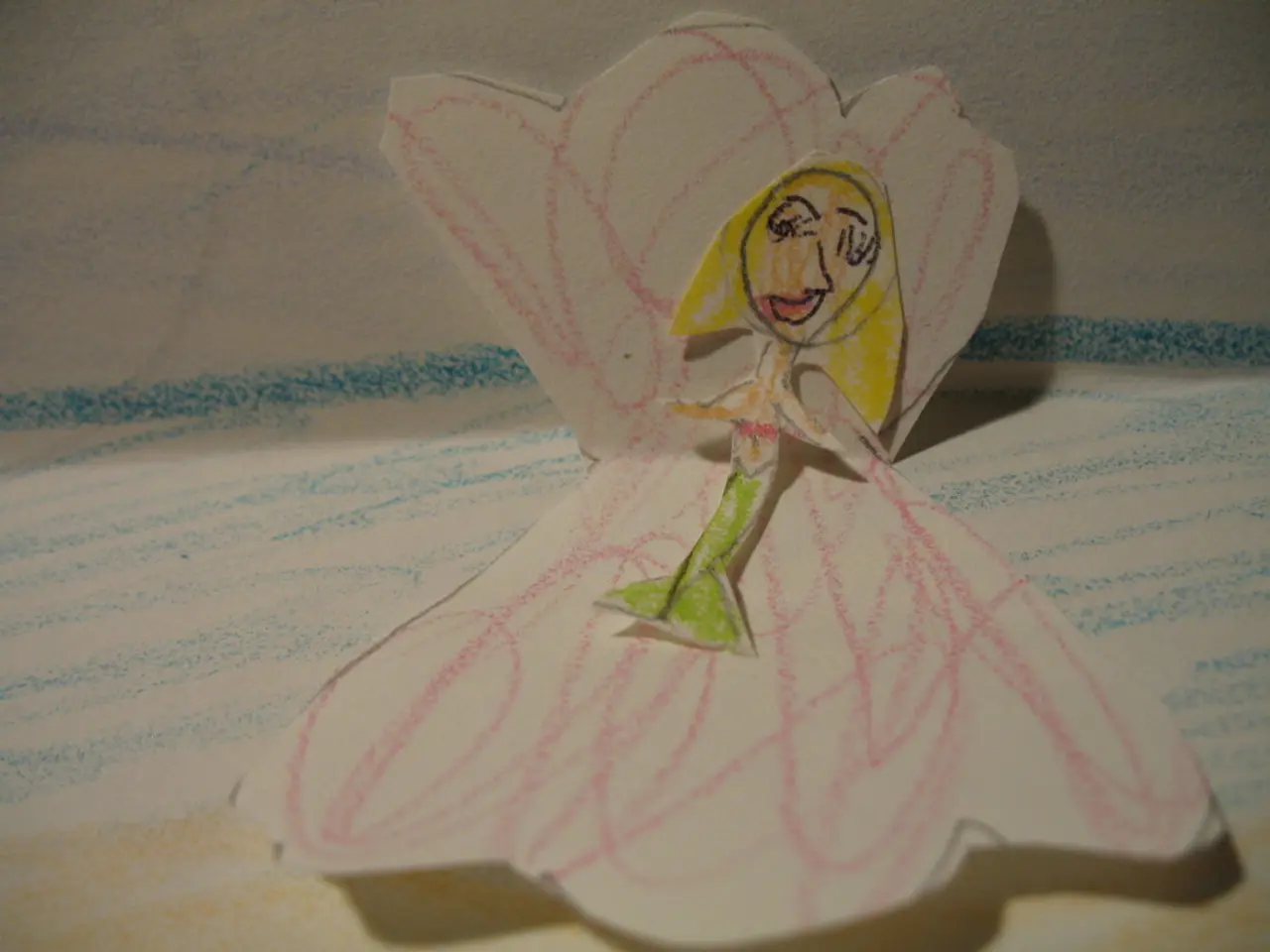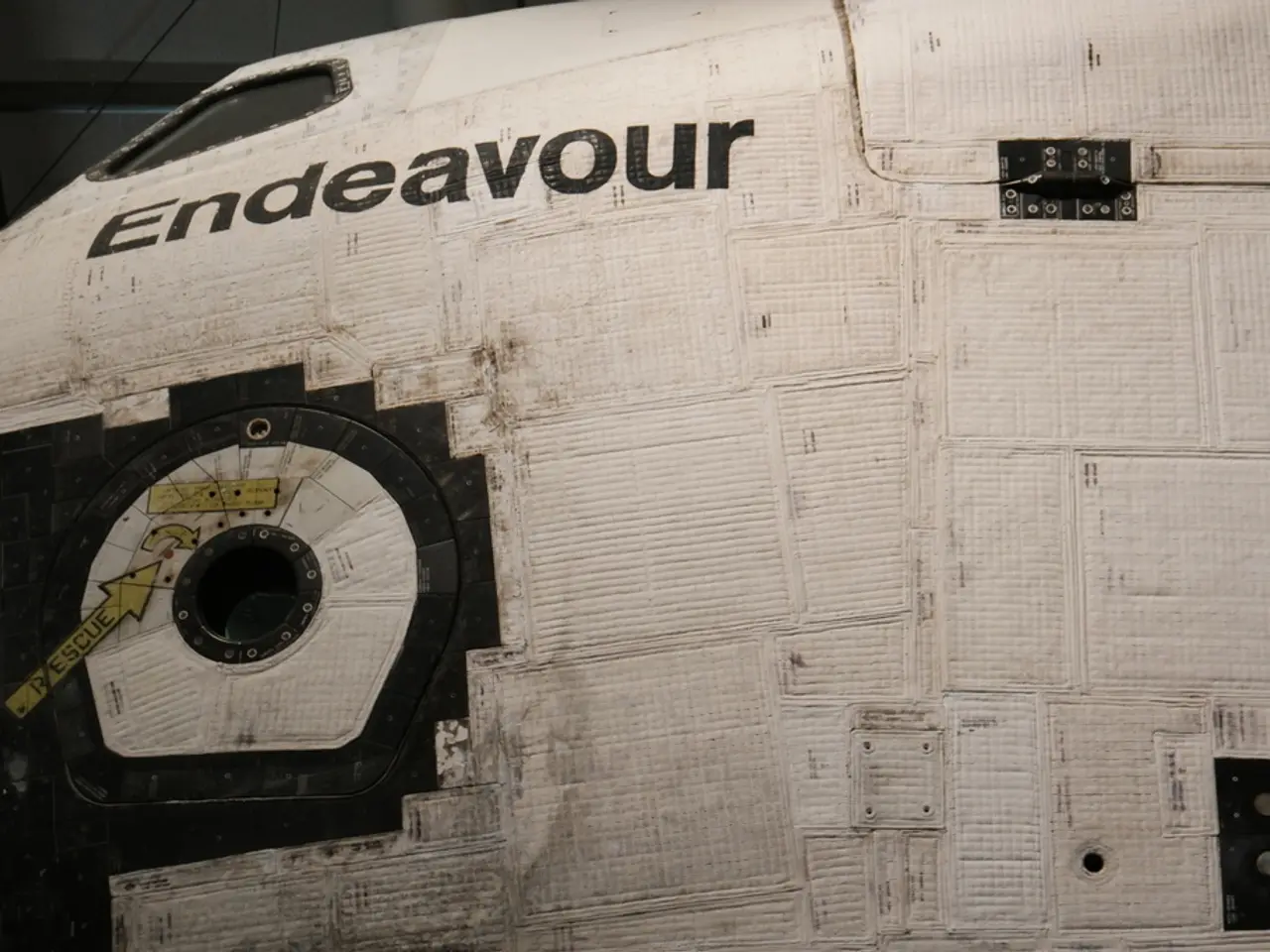3D Art Formation Through Technical Innovation
In the ever-evolving world of art, technology has played a significant role in expanding creative possibilities and transforming the way we experience and engage with 3D artworks.
One of the most notable advancements in the creation of 3D art is the development of sophisticated 3D modeling software, such as Blender. These tools have made it easier for artists to build complex shapes using polygons, curves, and sculpting tools before applying textures and realistic lighting. Additionally, the advent of 3D printing technology has revolutionised the production of sculptures and physical artworks, enabling artists to realise intricate and large-scale pieces that would be difficult or impossible to create by hand.
The integration of technology has also democratised art creation, allowing artists without extensive training to produce complex designs, thereby enhancing creativity and reducing barriers to entry. This democratisation is evident in the work of sculptor Welly Fletcher, who used a large-format BigRep 3D printer to transform a clay model into a massive, abstract lion-like sculpture.
The immersive experience of 3D art has been further enhanced by the integration of virtual reality (VR) and augmented reality (AR) technologies. These technologies allow audiences to interact with digital sculptures and environments, making art more interactive and engaging. For example, virtual reality technology immerses viewers in virtual art galleries, allowing them to interact with sculptures and explore virtual environments.
The boundaries between physical and virtual presence are also being challenged as digital and 3D art blur, as seen in video installations using hyper-realistic CGI avatars. This fusion offers novel sensory and conceptual experiences, pushing the boundaries of traditional art forms.
Looking to the future, the use of AI technologies in 3D art is shaping a dynamic and innovative landscape. Artists can now program algorithms to generate art or train AI models on their style to produce new compositions, expanding creative possibilities beyond manual techniques. Furthermore, 3D printing's ability to recreate extinct lifeforms and damaged artifacts not only enriches art but also intersects with education, preservation, and scientific visualization, suggesting broader interdisciplinary roles for 3D art.
As technology advances, 3D art will likely become more integrated with digital fabrication and mixed-media projects, allowing artists to experiment with new materials and hybrid forms, pushing artistic boundaries. This convergence of various artistic disciplines, such as sculpture, architecture, and digital media, is exemplified in 3D art galleries, where kinetic sculptures and digital animations move and change shape, challenging the static nature of traditional sculptures and offering new dimensions of visual interest and storytelling.
Projection mapping technology is another exciting development, projecting images and animations onto three-dimensional surfaces, transforming sculptures, buildings, and landscapes into dynamic and visually stunning artworks. The rise of 3D art has also led to artists embracing hybrid practices, incorporating elements from different fields to create innovative artworks.
In conclusion, technology has expanded the creative toolkit for 3D artists, transformed how audiences engage with art through immersive digital environments, and opened new frontiers involving AI and digital fabrication that promise a dynamic, innovative future for 3D art. As technology continues to advance, we can expect even more groundbreaking innovations and captivating experiences in the world of 3D art.
Artists can now utilize sophisticated 3D modeling software, such as Blender, to craft complex shapes and textures, thanks to advancements in technology. Moreover, the introduction of 3D printing technology has revolutionized the production of physical sculptures, enabling artists to realize intricate pieces that may be difficult to create by hand.




